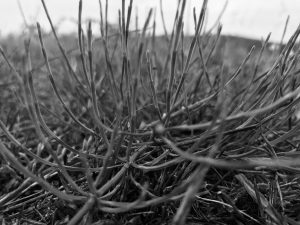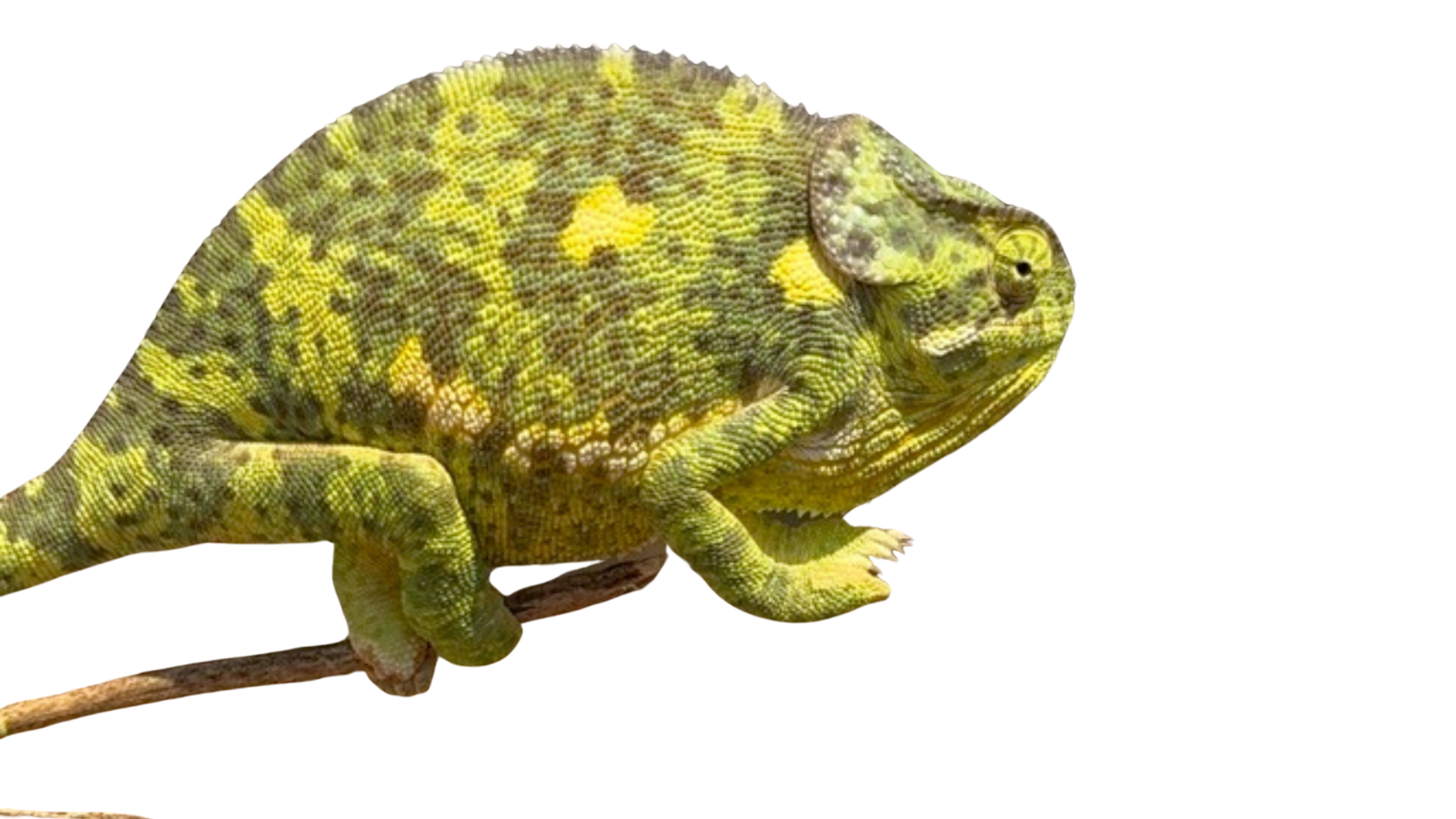First-hand knowledge is so much better than second-hand knowledge. In the world of the internet, we are awash in second and third-hand knowledge. As a culture, we are trying to make up for many thousands of years when new ideas were carried from village to village by carrier sloths. Though of course a lot of it is wrong-headed or downright untrue. We are increasingly unable to tell the difference because we don’t have any first-hand knowledge of our own. We’re too busy on the internet. But first-hand knowledge is so much better. That’s the only way to say something new.
But before I give you my little scrap of first-hand knowledge, I am going to share my baby pictures with you and pretend that I don’t notice that you are not interested. Which is to say, it’s time for the Almanac Section, where I talk about what happened here on the ranch while I was daydreaming about paleobotany.
The big news of the week is that we got the tractor, mower, and post driver. My streak of creating problems for truckers goes unbroken (apologies to the Michaletz side of my family). The post driver was at the back of the truck, so I couldn’t take it off with the tractor. I had to unload at the cedar mill/scrap yard a mile down the road. Fortunately, this is western Oregon, where you are never more than a mile from a cedar mill/scrap yard. The guy at the mill asked why the mower had those things on the side. I couldn’t figure out what he was talking about. Then I said, “oh those are the wings, they fold down. It’s a fifteen-foot mower.” To which he said, “Why do you need such a big one?” This guy has a three hundred series excavator to move his logs. It made me feel all warm inside to hear him say that.
When I got home I could see the top of Abel’s head in the window. He could see out the window if he stood on his little bookshelf, really stretched on his tippy toes, and raised his eyebrows and opened his mouth. Hanna said he had been asking about me every five minutes all morning. He had been promised a tractor and his patience was starting to grow thin. When I took him out he pointed at each tool to ask the names of the three implements, which he studiously repeated back to me, committing them to memory. ‘Free!’ he counted, with his soft palate, doing the math in his head. I didn’t know he knew how to count until that moment.
The make of the mower (‘Rhino’) is fitting. This will be my mega-fauna surrogate machine until I can figure out how to get Sauropods back and forth between winter and summer pasture. With their long necks, they don’t fit in my trailer. By mimicking the effects of Sauropods, we will encourage pro-herbivore plants, some of which have been around since before there were any Sauropods.
Anything I know about Sauropods is, by necessity, second hand. I could have some first-hand knowledge about monkey puzzle trees. But I don’t. I do however have the horsetail Equisetum on the ranch.
If, for some strange reason, you were to go to ask your local forage extension agent about horsetails and herbivory, they will tell you that horsetails are worthless for forage. In fact, they will probably tell you that they are poisonous or something. That’s nonsense.
Let me clarify. If you were to take the most conspicuous horse tail (a miniature bamboo-looking thing with a little pine cone-looking thing on the top) and do a forage analysis on it, I am sure that it would have a very poor forage value. But if you did a forage analysis on the most conspicuous reed canary grass plant, our common forage plant, you would get a similar result. However, you get that canary grass into a low growing, vegetative mode, and it is very palatable. Same way with the horsetail. If you somehow find a way to defoliate that horsetail, the regrowth is fine, palatable, and vegetative.
Interestingly, horsetails arrive at the same response to herbivory via a completely different mechanism. When horsetails are defoliated the loss ‘loss of apical dominance’ causes the central stem to stop growing, and causes the whorl of little ‘leaves’ to grow long. They don’t branch, there aren’t new leaves as with grasses. The cattle really like this new growth. In the headline picture, the plant on the right is an ungrazed plant that looks like horsetails are ‘supposed’ to look. All the stuff on the left are the ‘leaves’ of a grazed horsetail in ‘pro-herbivore’ mode. I will insert more pictures of horsetails in prostrate, pro-herbivore mode so you can get another sense. (Photo credit Hanna Hart for both.)


As I say, I have never seen anyone talk about this adaptation in horsetails. I chose the header picture from last week because it shows Sauropods eating horsetails. But just as the Sauropods were cartoony, so were the horsetails. They demonstrate no first-hand knowledge of horsetail biology.
This seemingly mundane observation is really significant. You now have two plants with completely different evolutionary histories, arriving at the same architecture through convergent evolution (tall, unpalatable, reproductive growth without herbivory; short, palatable, vegetative growth with herbivory). There are a number of potentially important takeaways from this observation.
Herbivory caused a revolution in the way plants structured their communities and we first see that in full flower during the Jurassic. Well, it would be in full flower, were there any Angiosperms. Ha! Since I am now the father of two I have been trying my hand at some ‘dad jokes.’ But dad joke mixed with botany joke might be a bridge too far. Right… where was I?
Okay, the first important takeaway from this observation is that a ‘Pro-herbivore’ vegetative structure is potentially much older than the plant taxa that we commonly see in our pastures. I would hypothesize that starting somewhere in the late Permian or early Triassic ferns and horsetails evolved this pro-herbivore strategy. The genus Equisetum enters the fossil record 280 million years ago, which is a good enough place to start. If pro-herbivore vegetative structures persisted all the way to the K-P extinction event, when dinosaurs went extinct, then the ‘pro-herbivore’ structure would be older than the ‘pre-herbivore’ vegetative structure, the one we talked about in the Carboniferous.
If it turned out that pro-herbivore vegetative structures were very ancient, the knock-on conclusion would be that they were very successful. At least as successful as the anti-herbivore structures adopted by other plants during the same period, such as the monkey puzzle tree. In the next few posts, we will see just how tenacious this combination of pro-herbivore and anti-herbivore vegetation has been. In fact, I would argue that the untold story of the last 280 million years of terrestrial ecology has been a tug-a-war between these two vegetative strategies, pro, and anti-herbivore. In fact, in our language, we even have a lyrical word for that tug-of-war. We call it ‘Savanna.’
In the next post, we move on to the Cretaceous to see how the rise of the Angiosperms reshuffles the deck where it comes to herbivory.

